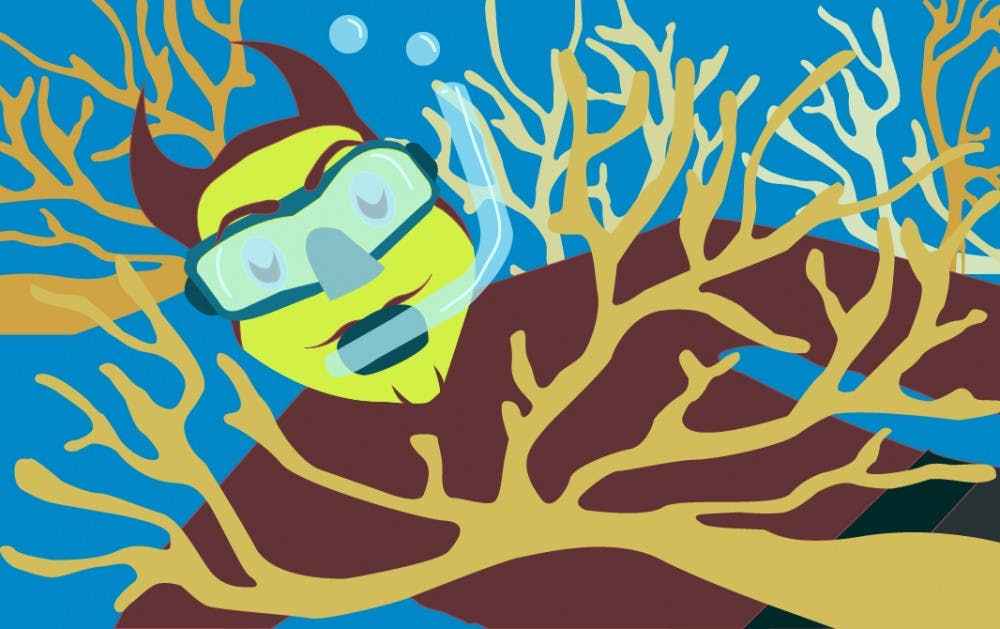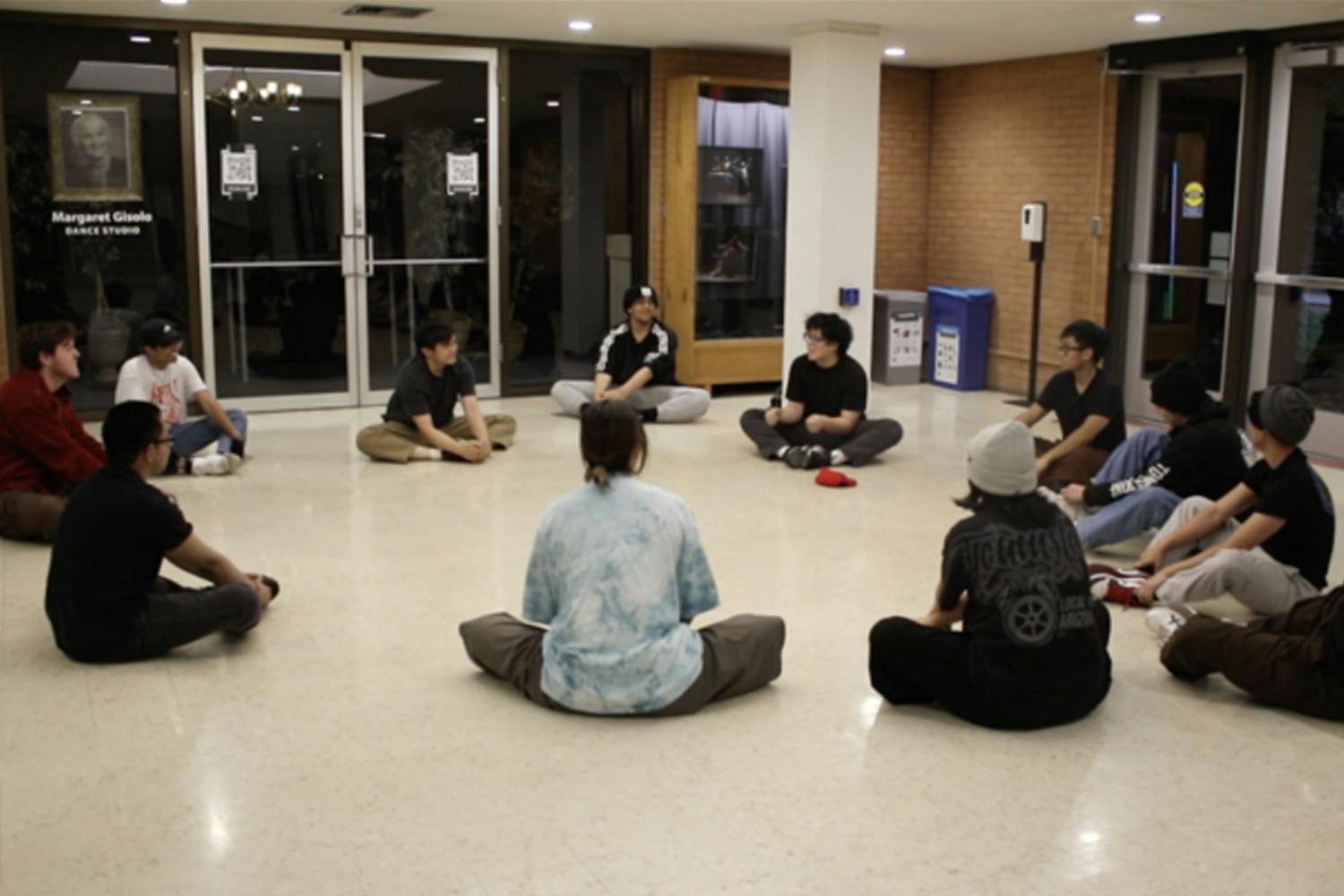In a cactus-filled, land-locked state, ASU is turning its eyes towards a new project: coral conservation.
ASU’s Center for Global Discovery and Conservation Science recently partnered with the D.C.-based Lenfest Ocean Program in an effort to generate maps of coral reefs along the eight main Hawaiian islands.
The maps that the program will create will provide insight into the quantity and condition of coral around the islands in order to assist conservation efforts.
Greg Asner, director of the Center for Global Discovery and Conservation Science and principal investigator for the project, said there are two main issues that damage coral reefs currently.
“You see a lot of damage caused by overfishing and coastal development, and on top of that ocean warming has killed a lot of coral,” Asner said. “My team and I have been developing ways to take stress off of these reefs, something we can do to cause change is work with local fisheries and land managers.”
He said he has been studying coral reefs for 25 years and has watched them deteriorate over that period of time.
The world's biggest coral reef, the Great Barrier Reef, has lost around half of its coral since 2016, according to an article by Forbes.
Airborne mapping of reefs will assist in the Marine 30x30 Initiative, which was founded by Hawaii Gov. David Ige in 2016. The initiative aims to preserve at least 30% of the state’s coral reefs by 2030.
“It may not sound like a lot, but that 30% of corals will be sanctuaries where fish and corals can regenerate themselves, and that will have a clear effect on the other 70%,” Asner said. “The question is, where do we put that 30%?”
He said the aircraft mapping systems make the maps, which then determine where to concentrate conservation efforts. The team recently finished collecting data at the Hawaii facility and is starting the process of making the maps, he said.
He also said that student involvement is extremely valuable, and students are encouraged to participate in internships, once the program is further developed.
Asner said that while fishing and coastal development are easier to manage, ocean warming currently facing these environments is something that can't be as feasibly prevented.
Sian Mooney, a professor in the School of Public Affairs and senior sustainability scientist, said that climate change awareness is crucial.
“I always think awareness is important, and especially in cases where someone can’t see or are far from the damages caused by something like ocean warming,” Mooney said. “As it is right now, younger people are more interested, but education is crucial. Education leads to understanding.”
Even in states that don't border the ocean, the effects of deteriorating marine life impact everyone, she said. Boosting awareness about these issues through visual media, like movies or reports, can more effectively connect people to the environmental damage in another part of the world.
Jamison Gove, a research oceanographer for the National Oceanic and Atmospheric Administration who plays a large role in the mapping process for the project, said that even though the project uses algorithms to map the coral reefs, direct human involvement is still needed to make sense of the data.
Gove helps the team understand what the aircraft is actually mapping, whether it be a coral reef or another underwater structure.
“We’ve mapped the entire Hawaiian island chain using computer-generated algorithms, and now we have to train machines to know what they’re seeing,” he said. “Artificial intelligence is still not that intelligent without us.”
Gove said the work he does for the initiative is something close to him, because he grew up surrounded by the ocean.
“Coral reefs are one of the most biologically diverse ecosystems on the planet,” he said. “If we don’t do this research and don’t use it to make a change, we could lose them forever.”
Correction: A previous version of this article misspelled Jamison Gove's last name. The article has been updated to reflect these changes.
Reach the reporter at kreinha3@asu.edu and follow @ReinhartKatelyn on Twitter.
Like The State Press on Facebook and follow @statepress on Twitter.




